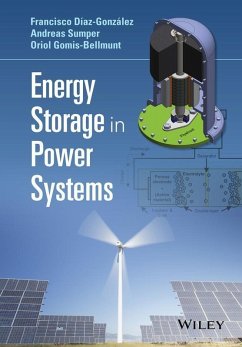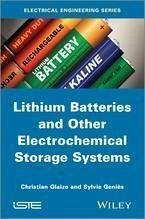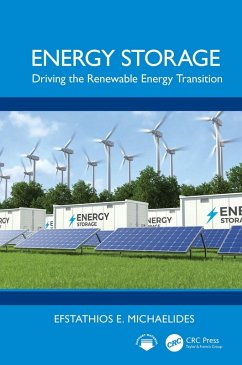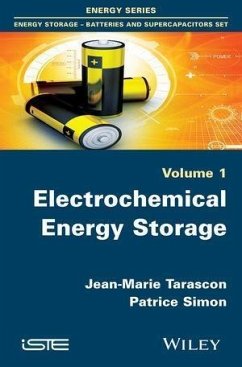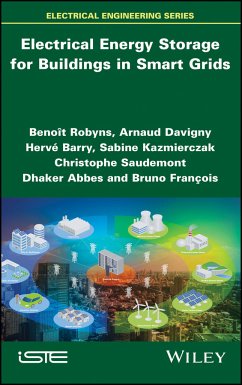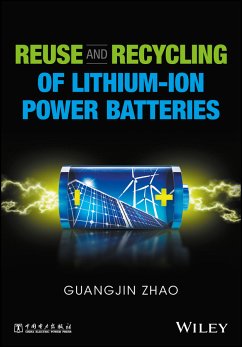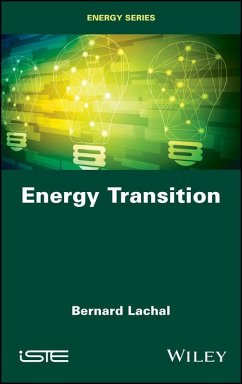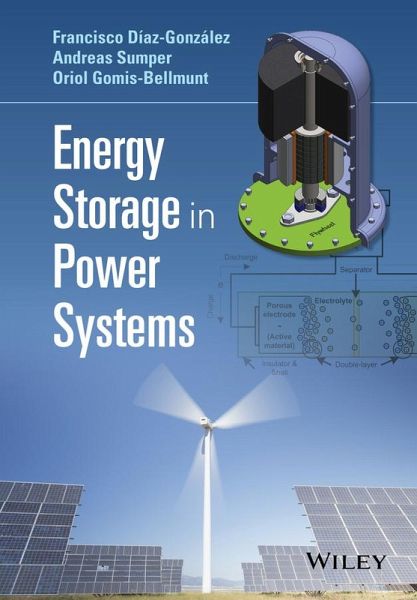
Energy Storage in Power Systems (eBook, ePUB)
Versandkostenfrei!
Sofort per Download lieferbar
97,99 €
inkl. MwSt.
Weitere Ausgaben:

PAYBACK Punkte
0 °P sammeln!
Over the last century, energy storage systems (ESSs) have continued to evolve and adapt to changing energy requirements and technological advances. Energy Storage in Power Systems describes the essential principles needed to understand the role of ESSs in modern electrical power systems, highlighting their application for the grid integration of renewable-based generation. Key features: * Defines the basis of electrical power systems, characterized by a high and increasing penetration of renewable-based generation. * Describes the fundamentals, main characteristics and components of energy sto...
Over the last century, energy storage systems (ESSs) have continued to evolve and adapt to changing energy requirements and technological advances. Energy Storage in Power Systems describes the essential principles needed to understand the role of ESSs in modern electrical power systems, highlighting their application for the grid integration of renewable-based generation. Key features: * Defines the basis of electrical power systems, characterized by a high and increasing penetration of renewable-based generation. * Describes the fundamentals, main characteristics and components of energy storage technologies, with an emphasis on electrical energy storage types. * Contains real examples depicting the application of energy storage systems in the power system. * Features case studies with and without solutions on modelling, simulation and optimization techniques. Although primarily targeted at researchers and senior graduate students, Energy Storage in Power Systems is also highly useful to scientists and engineers wanting to gain an introduction to the field of energy storage and more specifically its application to modern power systems.
Dieser Download kann aus rechtlichen Gründen nur mit Rechnungsadresse in D ausgeliefert werden.




